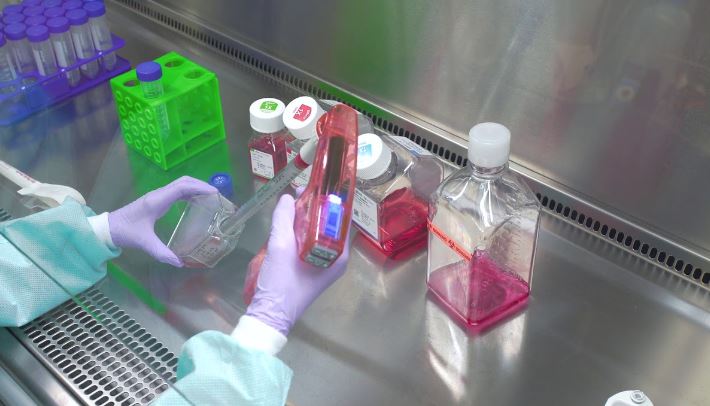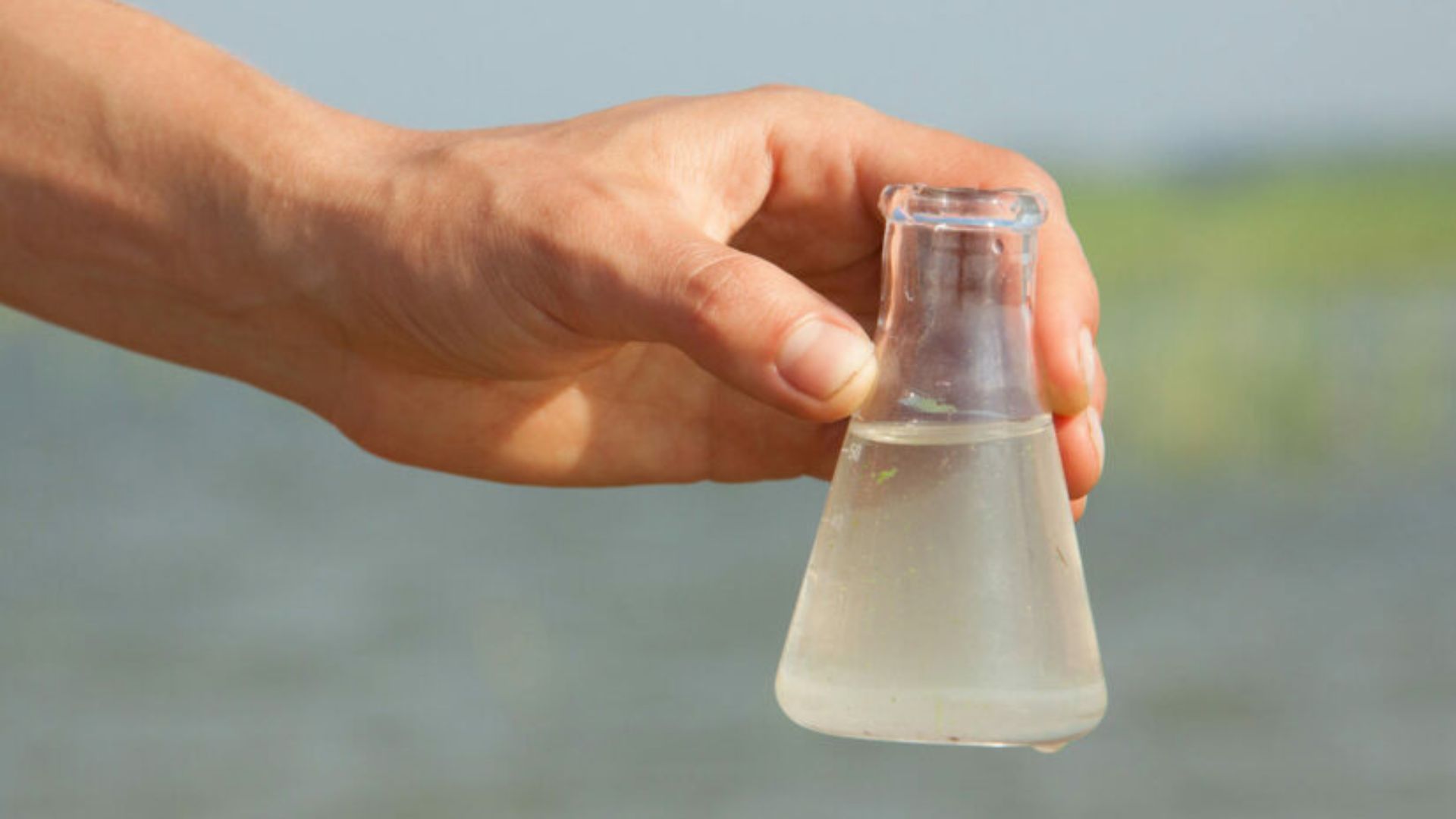Reactive chemicals are substances that can undergo significant changes in their chemical structure when exposed to certain conditions. These changes can result in the release of energy in the form of heat, light, gas, or even cause explosions. Common reactive chemicals include peroxides, nitrates, azides, and various organic and inorganic compounds. Understanding the nature of these chemicals is the first step in ensuring safe handling and storage. Lets look the best ways of handling reactive chemicals.

Handling Reactive Chemicals: Precautions and Tips
Identifying Hazards and Risks
Before handling reactive chemicals, it’s crucial to identify the specific hazards and risks associated with each substance. This information can be found in the Safety Data Sheets (SDS) and on chemical labels. Hazards might include flammability, toxicity, corrosivity, and reactivity with other chemicals. Knowing these risks helps in planning the necessary precautions and emergency response procedures.
Proper Storage Practices
Storing reactive chemicals requires careful consideration to prevent accidental reactions. Chemicals should be stored in compatible containers made from materials that do not react with the substance. Storage areas must be cool, dry, and well-ventilated, away from sources of ignition or incompatible chemicals. Additionally, proper labeling and segregation of chemicals are essential to avoid accidental mixing and ensure easy identification during emergencies.
Using Personal Protective Equipment (PPE)
Personal protective equipment (PPE) is vital when handling reactive chemicals. Depending on the specific chemical, PPE may include gloves, goggles, face shields, lab coats, and respirators. Selecting the appropriate PPE is crucial and should be based on the chemical’s SDS recommendations. Regularly inspecting and maintaining PPE ensures its effectiveness in providing protection.
Safe Handling Techniques
When handling reactive chemicals, always work in a well-ventilated area, preferably under a fume hood. Use appropriate tools and containers to minimize direct contact with the chemicals. Avoid using metal tools or containers if the chemical reacts with metals. Measure and transfer chemicals carefully to prevent spills and splashes. Always add chemicals to water, never the reverse, to avoid violent reactions.
Emergency Preparedness
Preparing for emergencies is a critical aspect of handling reactive chemicals. Ensure that safety showers, eyewash stations, and fire extinguishers are readily accessible in the work area. Have spill containment kits and neutralizing agents available to manage accidental releases. Training all personnel in emergency procedures, including evacuation routes and first-aid measures, is essential for a quick and effective response.
Waste Disposal Guidelines
Disposing of reactive chemicals requires adherence to specific regulations to prevent environmental contamination and health hazards. Never pour reactive chemicals down the drain or dispose of them with regular trash. Instead, follow the guidelines provided in the SDS for each chemical. Contact your local hazardous waste disposal service for proper disposal methods and ensure all containers are clearly labeled with their contents and hazards.
Regular Training and Safety Audits
Regular training sessions for all personnel handling reactive chemicals are necessary to reinforce safe practices and update knowledge on new procedures or regulations. Conducting periodic safety audits and inspections helps identify potential hazards, ensuring compliance with safety standards. Keeping a well-documented record of training and audits supports a proactive safety culture.
Conclusion
Handling reactive chemicals demands a thorough understanding of their properties, risks, and the implementation of stringent safety measures. By identifying hazards, using proper storage and handling techniques, wearing appropriate PPE, and preparing for emergencies, you can significantly reduce the risk of accidents. Regular training and safety audits further enhance a safe working environment, ensuring that reactive chemicals are managed responsibly and effectively.




